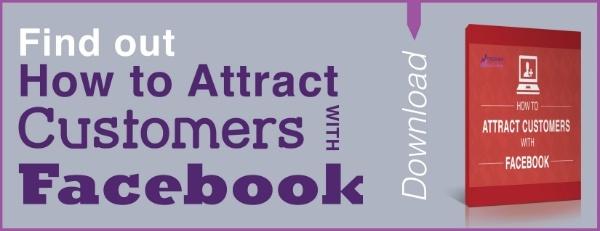Marketers today understand that both relevancy and personalization should be central to their marketing strategy. According to MarketingSherpa, emails that have been tailored to specific audiences through segmentation get 50% more clicks than their counterparts. For a segmentation method to work, it needs to include: your core business strategy and what you know about your typical buyers' purchasing decisions. Here are 5 great ways to segment emails to better target your audience.
- Geographic Segmentation
Segmenting by geography works best when the location of a buyer plays a significant role in his or her purchasing decision, such as with events or other invitations. You should segment by geography when:
- Sending invitations to special events
- Your company or service has geographic limitations
- Your connection to a town or region is a strength. For example, with local landscaping companies, cleaning services, or restaurants.
- Industry/Role Segmentation
For B2B companies, a recipient's role or division is an important factor in how he or she interprets your communications. In simpler terms, you would speak differently to a salesperson than you would to a marketer. They have different goals, and therefore different interests in your company. Targeting these interests can increase your click-through rates.
- Segmentation Based on Content Interests
The way to segment emails is to base them on true data about your audience rather than assumptions based on their role or geography. To segment based on interest, take a look at the content that members of your audience have viewed or the materials they have downloaded. The easiest way to start doing this is to pull a list of people who have downloaded a certain whitepaper or marketing offer, and then segment them into more targeted email or lead nurturing campaigns about that topic.
- Behavior-Based Segmentation
In addition to segmenting by interest area, you can also use audience behavior as a filter for your communications. This segmentation also relies on having the right marketing analytics set up on your site to understand your typical sales cycle. Think about it: a person who has spent a lot of time on your site and viewed a lot of different marketing materials has different needs than someone who is just visiting for the first time. If you are using analytics that enable you to distinguish the browsing behavior of different website visitors, you can start to leverage this information to make your communications more relevant to how far along the recipient is in his or her purchasing decision.
- Segmentation By Brand Advocates
One of the most important segments to get right is your brand advocates. Before anything else, make sure you know who your best customers are. Your brand advocate segment should contain:
- Frequent buyers
- Social media fans
- Customers who have recommended you to others
- Non-customers who have advocated for you online
Customer loyalty needs to be nurtured. Once you determine a list of your best (and most vocal) advocates, tailor your emails to acknowledge them. Send thank-you's, advanced notice on new services or products, requests for feedback, rewards, and other communications to show you recognize and appreciate their support.
With these 5 key email segmentation tactics, you’ll be able to show both prospects and customers that you understand what they’re interested in. You know who they are and the type of content they like. You can be their beacon of awesome information rather than an unwanted, spammy marketer who appears to be disconnected. Give the right people exactly what they’re looking for with a smart email segmentation strategy.
Want to learn how to better engage with Facebook? Click below for a helpful guide!
